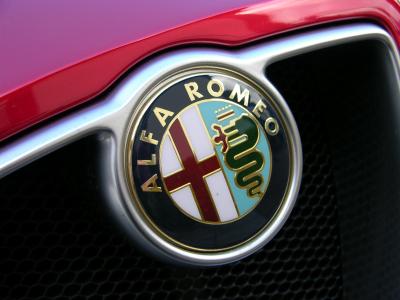
Interesting Facts About Alfa-Romeo You Probably Don’t Know – Common Problems – and PDF Manuals for Download…
The brand Alfa Romeo probably does need much introduction for any automobile enthusiast. But for the uninitiated, Alfa Romeo belongs to those Italian car companies who have a long history of taking motorsports, innovation and technical excellence a bit too seriously.
If you own an Alfa Romeo, you should be proud of its long and rich heritage. The brand’s history goes back to more than a century ago, when the French automobile company, Alexandre Darracq, in partnership with some Italian investors, founded the Società Anonima Italiana Darracq (SAID) in 1906.
Initially business was slow, and the company faced more financial troubles in 1909. Finally, one of the Italian investors, Ugo Stella, acquitted the shares of the company and the relaunched it as Anonima Lombarda Fabbrica Automobili, abbreviated as ALFA, and that’s where the first part of the name comes from.
The company got a new technical director, Giuseppe Merosi, who developed the first car for the newly rebranded company, the ‘24 HP’, in 1910. It was a passenger car powered by a 4.1 litre, 4-cylinder engine that produced, unsurprisingly, 24 HP of power. It was a commercial success, and ALFA continued to develop several evolved variants.
It was very early in the company’s history, that ALFA ventured into the world of motorsports. In 1911, 2 drivers with ALFA ‘24 HP’ models participated in the Targa Florio. Later Merosi designed the Alfa Grand Prix based on the ’40-60 HP’ model specifically for racing.
However, the Great War changed normal production plans and the company had to contribute to war production. It was acquired by Nicola Romeo, whose last name, by the way, completed the ALFA Romeo name. The production lines were adapted to make aircraft engines and generators.
Even as the company was not making cars, the war production was making enough profits. After the war, the investors took the company public and it was now officially registered as Alfa Romeo. Interestingly, it not initially decided to resume car manufacturing, but the spare components for unfinished cars before the war helped push towards deciding going back to producing cars.
In 1920, Enzo Ferrari, the same person who would later go on to found the famous car company Ferrari, joined the Alfa Romeo racing group. The same year, Giuseppe Campari came first at Mugello and Enzo Ferrari took the second position at Targa Florio.
Merosi developed the Alfa Romeo RL, a wildly successful car with straight lined 6-cylinder engine, in 1922. Ugo Sivocci drove the car to the first position in the Targa Florio in 1923.
Later, in 1924, Vittorio Jano from Fiat joined Alfa Romeo and designed various successful designs such as the P2 with an 8-cylinder supercharged engine. That car helped Alfa Romeo racing team win the first ever Grand Prix in 1925. Derivatives of the engine from the P2 were also used in Alfa Romeo’s passenger street cars.
Throughout the late 1920s and 1930s, Alfa Romeo had an extremely successful record in various motorsport events, driven by various innovative automobile designs such as the Alfa Romeo P3, Bimotore and 158. Meanwhile, Enzo Ferrari moved to managing the racing division and separated it into an independent racing team, the Scuderia Ferrari, which still races today.
The team at that time still used Alfa Romeo cars, but were marked with Ferrari’s distinctive logo, the black prancing horse on a yellow shield.
The destruction of World War 2 left Alfa Romeo in a difficult situation. Selling expensive luxury cars and sports cars is not a great business in a country that has just suffered devastation, and hence Alfa Romeo moved to producing more practical passenger cars.
They made models such as Freccia d’Oro and the Alfa Romeo 1900 family car. But the company still remained loyal to their commitment to motorsports.
The pre-war Alfa Romeo 158 was developed into the Alfetta 158, which helped Nino Farina win the first ever Formula 1 Championship in 1950, and Juan Manuel Fangio won the second Formula 1 Championship in 1951, driving the Alfa Romeo 159 Alfetta, a further development of the car that had won the previous championship.
Besides, it had several innovations under its belt such as the Giulia, one of the most aerodynamic passenger cars of the time. It also produced various iconic cars such as the Giulietta and the Alfa Romeo Duetto.
In the postwar era, Alfa Romeo had been under the management of state owned Finmeccanica, but due to financial difficulties, it was sold to Fiat in 1986. It continued to make several automobiles for motorsports, but under the management of Fiat, it also made several mass-produced and affordable cars which still carry its racing DNA.
Interestingly, under Fiat, Alfa Romeo is now a sister company to Ferrari, along with Maserati. This allows sharing of some components, such as engines, and also sharing infrastructure and logistics, allowing for a reduced cost while still making cars that do justice to its heritage.
Conclusion
If you own an Alfa Romeo, you must be proud since you are one of the privileged who can own a car whose brand carries such a rich heritage. It would be only fair to dedicate proper care and respect to your car in order to maintain it in its best shape and preserve its motorsports DNA.
It is absolutely essential that you own a technical manual in order to be able to properly take care of your car. Cars such as various Alfa Romeo models, especially if you have a classic model, require special care since they are not exactly built like an inexpensively mass-produced sedan.
Hence, even when you take it to your local car technician, it is essential that you have a repair or workshop service manual to serve as a guide for technicians. Most technicians are experienced with common mass-produced cars, but do not have much experience with special cars such as Alfa Romeo. Hence, some technicians may even refuse to service your car if you cannot provide them with a technical manual.
Hence, a technical manual and a workshop service manual is an indispensable tool for taking care of your car, especially ones manufactured by manufacturers like Alfa Romeo.
Purpose of this is to catalog and include one of most comprehensive, useful and accessible “automotive repair PDF manual” database on the web for all Alfa-Romeo models.
It’s your go-to source for learning all about Alfa-Romeo – when you can’t find it elsewhere.
To get started, select the intended car model below…
-
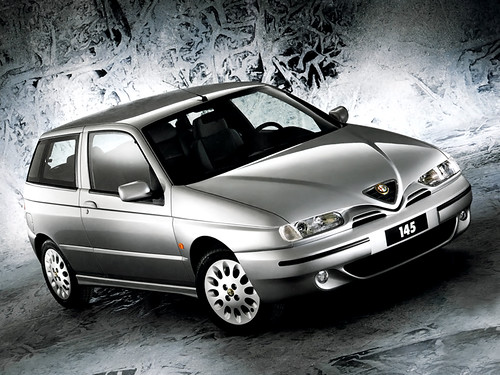
145
247 manuals -

146
217 manuals -
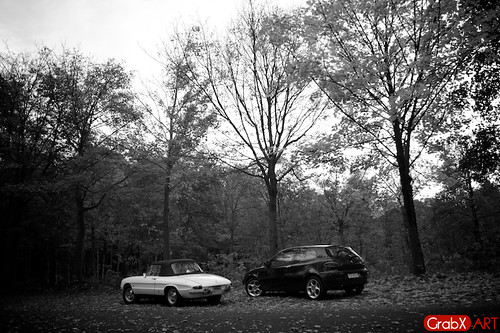
147
360 manuals -
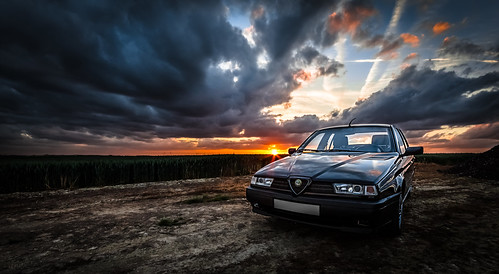
155
229 manuals -
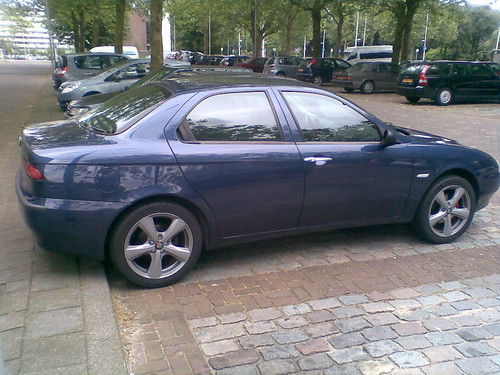
156
175 manuals -

159
35 manuals -
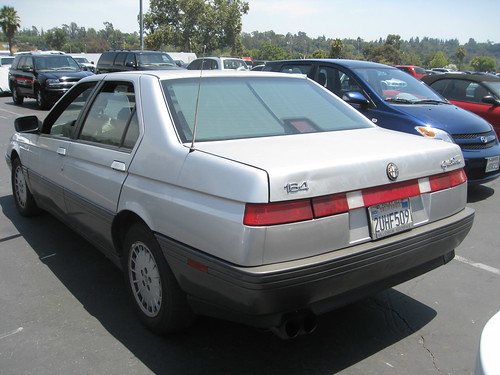
164
135 manuals -
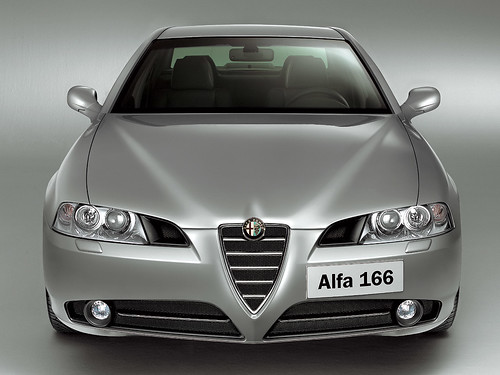
166
404 manuals -

33
381 manuals -

75
88 manuals -

Alfa 6
17 manuals -
Alfasud
2 manuals -
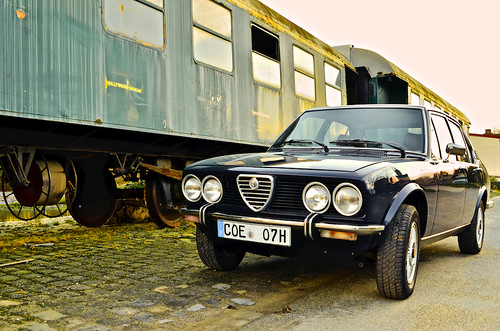
Alfetta
301 manuals -

Brera
22 manuals -
Giulietta
4 manuals -

GT
189 manuals -

GTV
330 manuals -

Spider
326 manuals -

Sprint
16 manuals


